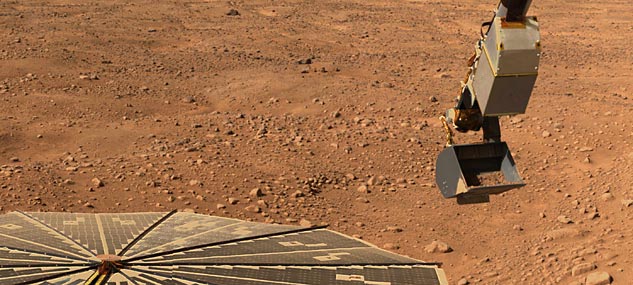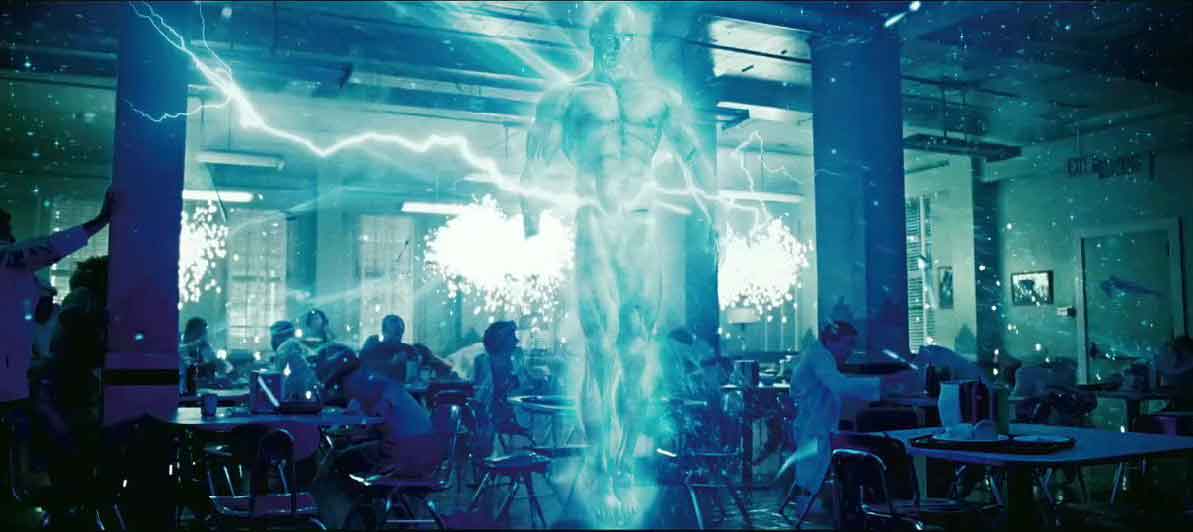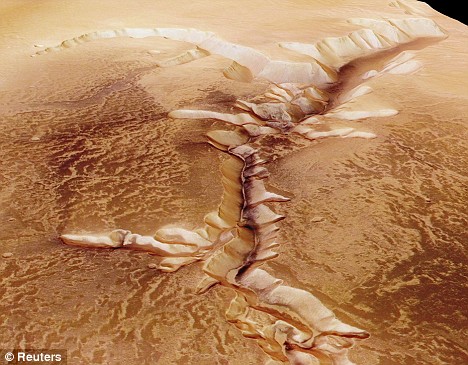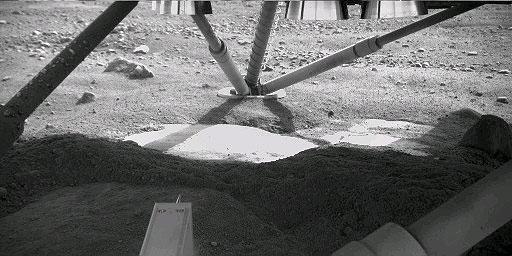
And, if that wasn’t heady enough news to wrap one’s mind around, see also this article on loop quantum cosmology (LQC) and “The Big Bounce.” “LQC has been tantalising physicists since 2003 with the idea that our universe could conceivably have emerged from the collapse of a previous universe. Now the theory is poised to make predictions we can actually test. If they are verified, the big bang will give way to a big bounce and we will finally know the quantum structure of space-time. Instead of a universe that emerged from a point of infinite density, we will have one that recycles, possibly through an eternal series of expansions and contractions, with no beginning and no end.” (Both links via Dangerous Meta.)




